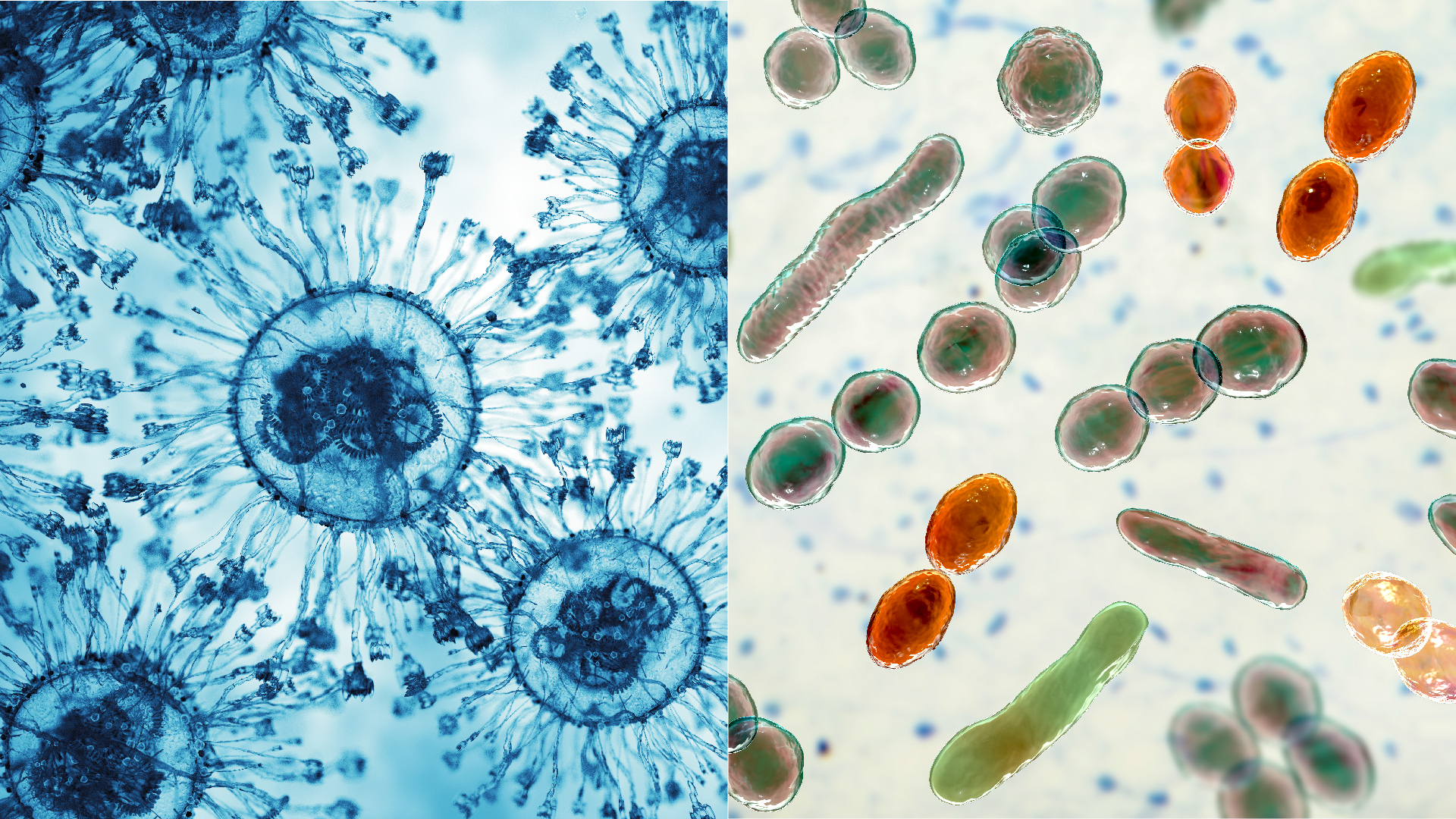Applied Sciences, Vol. 14, Pages 9508: Effects of Successive Annual Training on Young Swimmers’ Strength Asymmetries and Performance
Applied Sciences doi: 10.3390/app14209508
Authors: Gavriil G. Arsoniadis Argyris G. Toubekis
This study aimed to compare changes in swimmers’ performance, biomechanical variables, and strength asymmetries within two successive training years. Eight competitive age-group swimmers (four males and four females; age: 14.8 ± 1.3 years) were tested before and after the same 12-week mesocycle period within two successive years (Year-1, Year-2). The swimmers were timed in 50, 200, and 400 m, and the stroke rate (SR), stroke length (SL), and stroke index (SI) were calculated. SI was calculated by the product of SL with swimming speed. Dryland shoulder isometric strength (ISO), hand grip isometric strength test (HG), and in-water maximum 30 s tethered swimming force (TF) were evaluated. The asymmetry index was calculated using ISO, HG, and TF tests as [(Fd − Fnd)/0.5 × (Fd + Fnd)] × 100, where Fd is strength in the dominant hand and Fnd is strength in the non-dominant hand. Performance time improved in 200 and 400 m, while the asymmetry indices calculated by the ISO, HG, and TF tests were similar after 12 weeks of training in both Year-1 and Year-2 (p = 0.01). Changes (Δ) in HG strength asymmetries correlated with Δ in 200 and 400 m in Year-2 (r = 0.78–0.87, p = 0.01). The asymmetry index does not change after two successive years of training but may be connected to performance changes in 200 and 400 m front crawl.

 10 hours ago
14
10 hours ago
14


